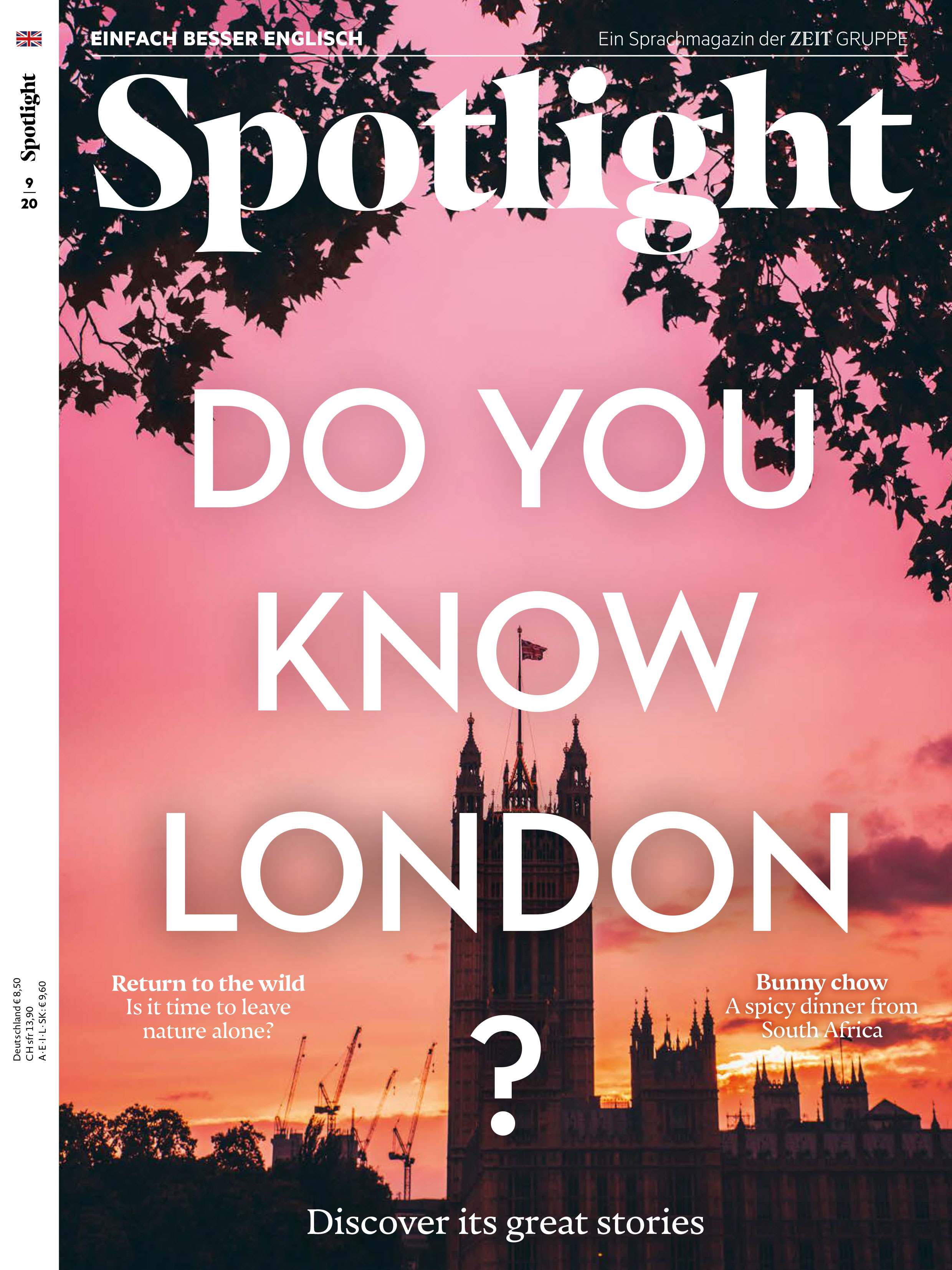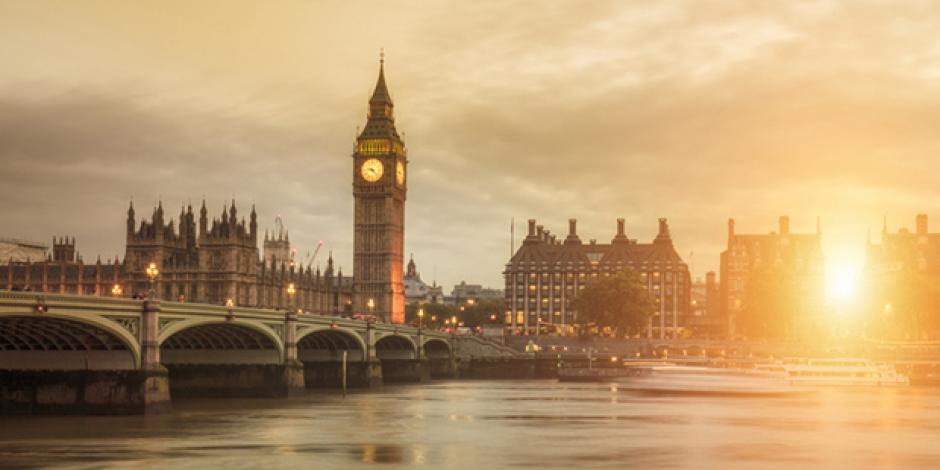London is a city whose history is packed with interesting characters, strange phenomena and cataclysmicunheilvollcataclysmic events. Here, we invite you to discover more about London’s fascinating past.
Locations — spooky stations
London has the oldest underground rail system in the world — the first line opened in 1863. Since then, some 40 stations have been to abandonverlassenabandoned, although most of them still exist.
1. British Museum. Built to serve the British Museum in 1900. rumour has itman munkeltRumour has it that there was a tunnel directly connecting the museum to the station and that the station itself is home to a ghost — the daughter of Amun-Ra, honoured by Egyptians as the king of the gods and divinegöttlichdivine father of the pharaohs. The station closed in 1933.
2. Down Street. Opened in 1907 in Mayfair, where residentEinwohner(in)residents were rich and didn’t travel much by underground. Closed in 1932, it was made into a bombproofbombenfestbombproof bunker during the Second World War. Prime Minister Winston Churchill and the War Cabinet shelterSchutz suchensheltered there. The platforms remain and the London Transport Museum offers visits as part of a Hidden London tour.
3. The Strand/Aldwych. Opened in 1907 as The Strand, it was on a line that should have extended to Waterloo station. The Strand/Aldwych closed in 1994 and is now a film setFilmkulissefilm set that has been used in many films, including Sherlock, V for Vendetta, Patriot Games and Atonement.
4. North End. This station was built underground, but no entrance was created. It stored secret archives in the 1940s and was London Transport’s emergency headquartersHauptquartierheadquarters during the Cold War. Had it opened to the public, it would have been London’s deepest underground station at 67 metres below ground.
Legends — unusual lives
Great metropolitan centres have always produced interesting characters, and the British capital is no exception. Here, we present four very unusual and extraordinary Londoners.
A. Born in London, this modestbescheidenmodest man is today considered by many to have been one of Britain’s greatest prime ministers. He fought at Gallipoli in 1915, and after the First World War, he turned to politics and served in the first Labour government, in 1924. During the Second World War, he was deputy prime ministerVize-Premierminister(in)deputy prime minister in the wartime coalition government. He became prime minister when Labour won a landslide victoryErdrutschsieglandslide victory in 1945. His government, which remained in power until 1951, was responsible for creating much of Britain’s welfare stateWohlfahrt-, Sozialstaatwelfare state, and for founding the National Health Service (NHS) (UK)staatlicher GesundheitsdienstNational Health Service.
B. Before she reformed nursing, hospital care in Britain was an unhealthy business. Her family were wealthy and, when she asked to work as a nurse, her parents were shocked — only poor and uneducated women worked in the dirty hospitals. She was, though, determined to become a nurse and went to Kaiserswerth, in Germany, to train. When Britain and France went to war against Russia over the CrimeaKrimCrimea in 1854, she and a team of nurses travelled there to look after the wounded soldiers. She introduced hygiene, proper medicine and good food to army hospitals, beginning a revolution in hospital care. In the spring of 2020, seven special hospitals built across Britain to look after patients suffering from Covid-19 were named after her.
C. Born in Ireland, this queen of low lifeniederes Milieu; hier: Nachtlebenlow life came to London with her husband around 1916. After their separation, she ran a number of nightclubs. The most famous was the 43 Club, which was visited by members of the British nobility and local gangsters alikegleichermaßenalike. Her clubs were often to raiddurchsuchen, eine Razia durchführenraided by the police and she spent time in prison for selling alcohol illegally. When she died of influenzaGrippeinfluenza during an epidemic, Scotland Yard asked to see the notes she had kept about guests to the 43 Club. Three of her daughters married British aristocrats.
D. This London-born musician is best known to the British as a would-beMöchtegern-would-be politician. He began his career in music putting on horror-themed performanceHorror-Bühnenshowhorror-themed performances with his band the Savages. He first to stand for sth.für etw. kandidierenstood for parliament in 1963 in Stratford-upon-Avon, then again in 1966, receiving hundreds of votes each time. He set up the Official Monster Raving Loony Party in 1983. Its agenda included mostly bizarregroteskbizarre policies. When he died, aged 58, he had lost more than 40 elections.
Do you know London?
Mehr über Londons bewegte Vergangenheit lesen Sie in Spotlight 9/20. In unserem Shop können Sie Spotlight jetzt als E-Paper oder Zeitschrift bestellen.




